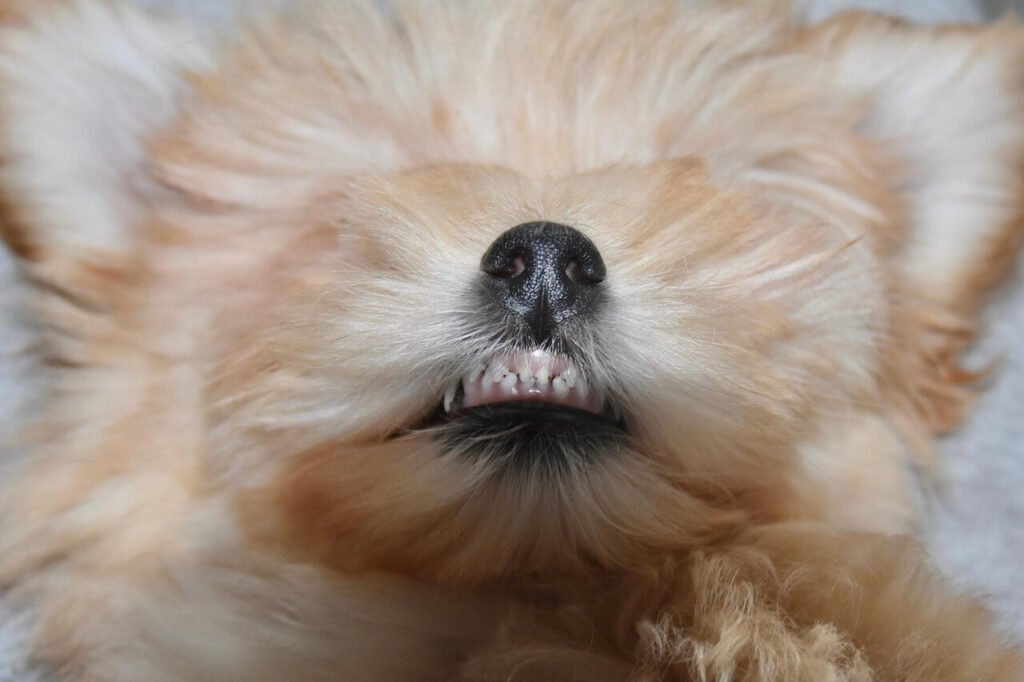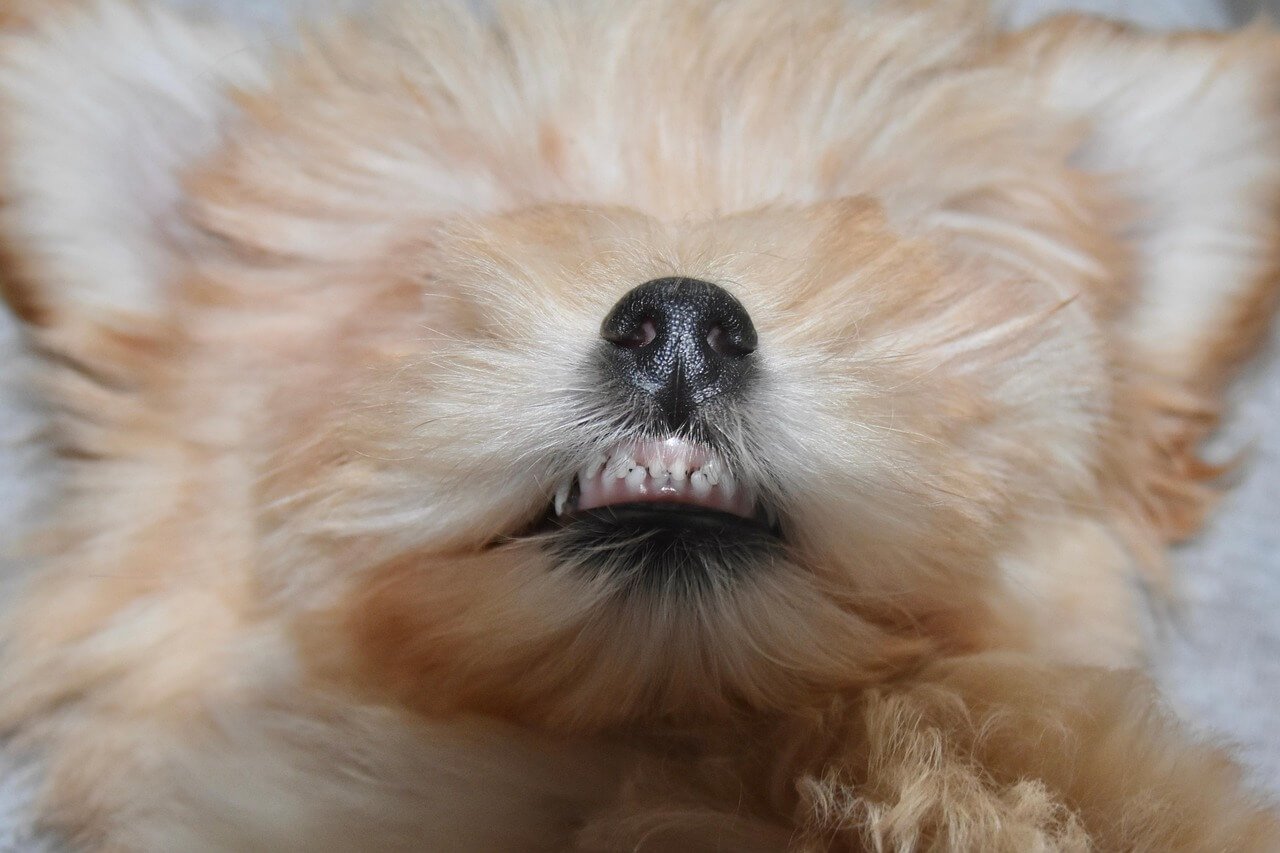Remove Tartar from Your Dogs Teeth
Dental health is a crucial yet often overlooked aspect of caring for your furry companion. Over time, tartar buildup on your dog’s teeth can lead to serious issues like gum disease, bad breath, and even systemic health problems. While professional cleanings are essential, there are also steps you can take at home to prevent and reduce tartar. Understanding how to remove tartar from your dog’s teeth—and maintain their oral hygiene—ensures they stay happy, healthy, and pain-free. Let’s explore practical tips and techniques to keep your dog’s smile sparkling clean.
Signs Your Dog Has Tartar Buildup
Tartar doesn’t appear overnight—it accumulates gradually, often going unnoticed until it causes visible problems. Recognizing the early signs of tartar buildup allows you to address the issue before it worsens.
Yellow or Brown Stains on Teeth:
A telltale sign of tartar is discoloration along the gumline, where plaque hardens into tartar.Persistent Bad Breath:
Foul-smelling breath is often caused by bacteria thriving in tartar deposits.Red or Swollen Gums:
Inflammation around the gums indicates irritation caused by tartar buildup.Difficulty Chewing or Eating:
If your dog hesitates to eat or chews on one side of their mouth, it could signal dental discomfort.Excessive Drooling:
Unusual drooling may point to pain or irritation linked to poor dental health.
Spotting these signs early enables you to take proactive steps toward improving your dog’s oral hygiene and preventing further complications.

Effective Ways to Remove Tartar at Home
While professional dental cleanings are the gold standard, there are several ways to tackle tartar buildup in the comfort of your home. These methods require patience and consistency but can yield noticeable results over time.
Brushing with Dog-Safe Toothpaste:
Use a soft-bristled toothbrush and enzymatic toothpaste designed for dogs to gently scrub away plaque before it hardens into tartar.Dental Chews and Treats:
Specially formulated dental chews help scrape off tartar while satisfying your dog’s natural urge to chew.Rubber Dental Toys:
Textured toys that encourage chewing can physically remove tartar and promote saliva production, which reduces bacteria.Raw Bones (Supervised Use):
Raw bones act as a natural abrasive, helping to scrape tartar from teeth. Always supervise your dog to avoid choking hazards.Water Additives:
Adding vet-approved dental solutions to your dog’s water bowl can help reduce bacteria and prevent future tartar formation.
Incorporating these habits into your routine can make a significant difference in maintaining your dog’s oral health.
Check this guide 👉Dog Teething at 2 Years: Best 7 Expert Tips!
Check this guide 👉Black Spots on Dog Teeth: Best 7 Expert Tips!
Check this guide 👉How to Clean Dog Teeth Naturally: Best 7 Expert Tips!
At-Home Solutions for Tartar Removal | Professional Dental Care Options |
|---|---|
Brushing with dog-safe toothpaste | Full-mouth scaling and polishing |
Dental chews and treats | X-rays to detect hidden issues |
Rubber dental toys | Anesthesia for deep cleaning |
Raw bones (supervised) | Extractions for damaged teeth |
Water additives | Antibiotic treatments for infections |
Preventing Future Tartar Buildup
Prevention is always better than cure when it comes to your dog’s dental health. By implementing preventive measures, you can minimize tartar accumulation and ensure long-term oral wellness.
Establish a Daily Brushing Routine:
Consistent brushing removes plaque before it hardens, making daily care the most effective prevention method.Feed a Balanced Diet:
High-quality dog food supports overall health, including stronger teeth and gums. Avoid sugary or starchy snacks that promote plaque.Schedule Regular Vet Checkups:
Annual dental exams allow your vet to catch issues early and recommend professional cleanings as needed.Encourage Chewing Activities:
Provide safe chew toys and treats that naturally clean teeth while keeping your dog entertained.Monitor Oral Health Regularly:
Periodically check your dog’s mouth for signs of tartar or other dental concerns, addressing them promptly.
By focusing on prevention, you can save your dog from unnecessary discomfort and costly treatments down the road.
Common Mistakes to Avoid When Tackling Tartar
Even well-meaning pet owners can make mistakes when addressing tartar buildup. Being aware of these pitfalls ensures you approach the task safely and effectively.
Using Human Toothpaste:
Human toothpaste contains ingredients toxic to dogs. Always opt for pet-safe alternatives.Neglecting Professional Cleanings:
At-home care complements but doesn’t replace professional cleanings, which reach areas you can’t access.Overlooking Underlying Health Issues:
Persistent tartar buildup might indicate nutritional deficiencies or other health conditions requiring veterinary attention.Allowing Aggressive Chewing:
Hard objects like antlers or hooves can crack teeth, worsening dental problems instead of solving them.Skipping Regular Maintenance:
Irregular care leads to rapid tartar accumulation, undoing any progress made during previous cleanings.
Avoiding these common errors helps you maintain your dog’s dental health more effectively.
Signs of Advanced Dental Disease
If tartar isn’t addressed, it can progress to advanced dental disease, causing significant discomfort for your dog. Recognizing these symptoms allows you to seek timely treatment and restore your dog’s oral health.
Loose or Missing Teeth:
Severe tartar buildup weakens the tooth structure, leading to loosening or loss.Noticeable Weight Loss:
Difficulty eating due to pain often results in reduced food intake and weight loss.Bleeding Gums:
Advanced gum disease causes frequent bleeding, especially during meals or playtime.Behavioral Changes:
Dogs may become irritable or withdrawn due to chronic pain from untreated dental issues.Facial Swelling:
Swelling near the jawline or under the eyes may indicate abscesses or infections stemming from dental neglect.
Addressing these warning signs promptly prevents further complications and restores your dog’s comfort.
Benefits of Professional Dental Cleaning
Professional dental cleanings offer unparalleled advantages for removing stubborn tartar and addressing underlying issues. Understanding these benefits highlights why they’re worth considering despite the cost.
Thorough Removal of Plaque and Tartar:
Veterinarians use specialized tools to clean beneath the gumline, where at-home methods fall short.Polishing to Prevent Future Buildup:
Polishing smooths the tooth surface, making it harder for new plaque to adhere.Comprehensive Oral Examination:
During cleanings, vets inspect for cavities, fractures, or other abnormalities that may require intervention.Safe Sedation Protocols:
Anesthesia ensures your dog remains still and stress-free during the procedure.Improved Overall Health:
Better dental health reduces the risk of heart, liver, and kidney diseases linked to oral bacteria entering the bloodstream.
Investing in professional cleanings safeguards both your dog’s teeth and their long-term health.
Natural Remedies for Tartar Removal
For pet owners seeking holistic approaches, natural remedies can complement traditional methods for reducing tartar. While not replacements for professional care, these options are gentle and easy to incorporate.
Coconut Oil Rubbing:
Applying a small amount of coconut oil to your dog’s teeth can help break down plaque naturally.Parsley or Mint Leaves:
Adding fresh parsley or mint to meals acts as a breath freshener and mild antibacterial agent.Apple Cider Vinegar Rinse:
Diluted apple cider vinegar mixed with water can reduce bacteria when used as a rinse (avoid swallowing).Carrot Sticks as Snacks:
Crunchy carrots serve as a low-calorie snack that scrubs teeth while providing nutrients.Herbal Mouth Sprays:
Non-alcoholic herbal sprays designed for pets can freshen breath and combat bacteria without harsh chemicals.
These natural remedies offer additional ways to support your dog’s oral hygiene while aligning with a holistic lifestyle.
Frequently Asked Questions About Removing Tartar from Dog Teeth
Can I use human toothpaste for my dog?
No, human toothpaste contains ingredients like fluoride that are toxic to dogs. Always opt for pet-safe alternatives.
How often should I brush my dog’s teeth?
Ideally, aim for 2-3 times per week to maintain optimal oral hygiene.
Are raw bones safe for all dogs?
While generally safe, raw bones should be given cautiously based on your dog’s size and chewing habits to prevent choking hazards.
What if my dog resists having their teeth brushed?
Start slowly by introducing the toothbrush gradually and rewarding calm behavior with treats or praise.
Does tartar removal hurt my dog?
When done correctly, tartar removal shouldn’t cause pain. However, advanced cases may require anesthesia-based professional cleanings.
Prioritizing Your Dog’s Dental Health
Removing tartar from your dog’s teeth is an essential part of responsible pet ownership that directly impacts their overall well-being. With consistent at-home care, preventive measures, and professional support, you can keep your dog’s teeth clean and their gums healthy. Remember, a happy, healthy dog starts with a bright, pain-free smile. By staying proactive and attentive, you’re not just protecting their teeth—you’re enhancing their quality of life.
Why Is My Cats Second Eyelid Showing? Best 7 Expert Tips! Understand causes, health signs, and how to respond when your cat’s third eyelid becomes visible.
How Do I Know If My Cat Died Peacefully? Best 7 Expert Tips! Discover the quiet signs of a peaceful feline passing and find comfort in their final moments.
Cat Allergy Eyes: Best 7 Expert Tips! Discover why your eyes react to cats and learn proven strategies for relief—without giving up your feline friend.
Why Do Abyssinian Cat Colors Matter? Best 7 Expert Tips! Discover the genetics, rare hues, and care secrets behind Abyssinian coat colors for a healthier, happier cat.





